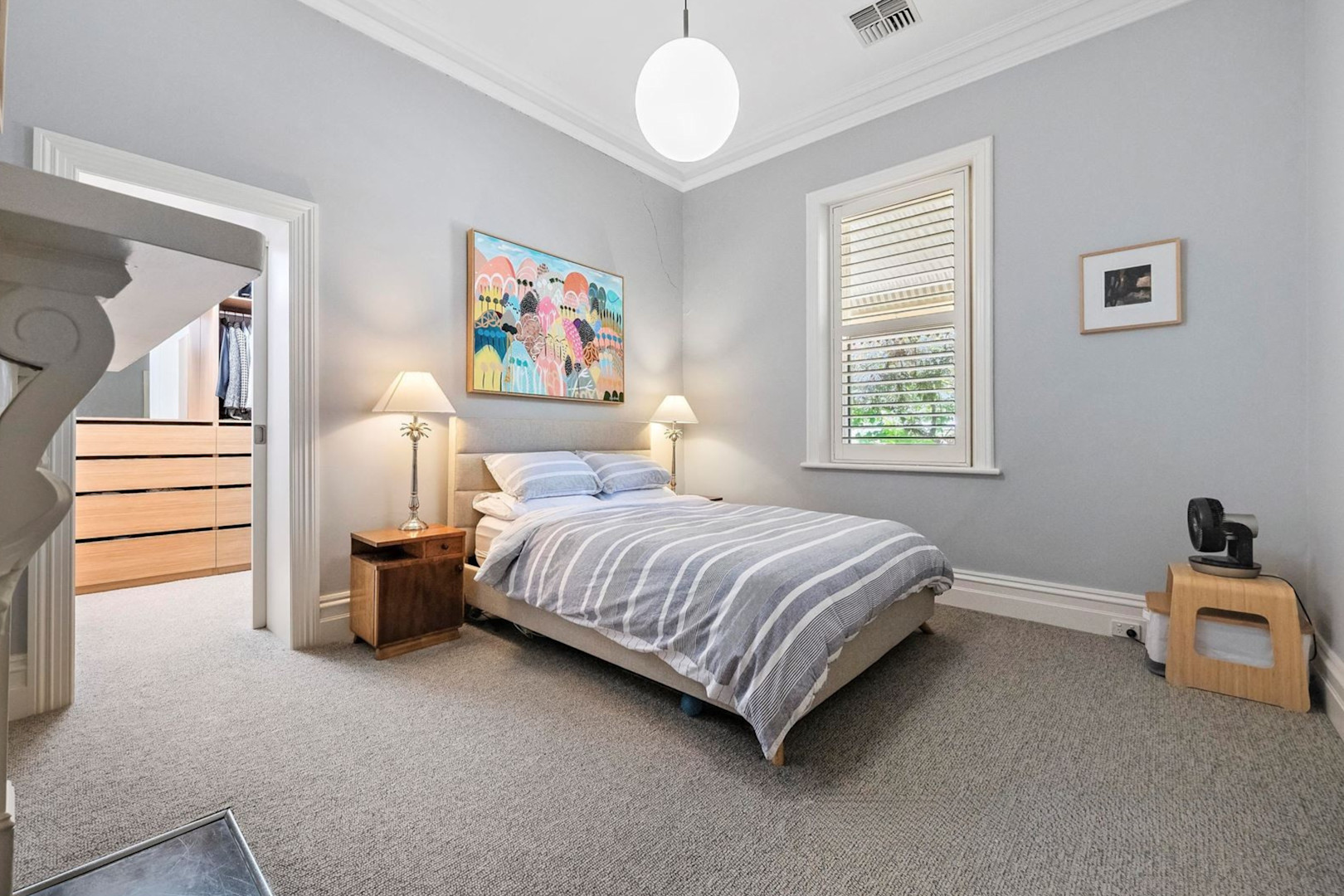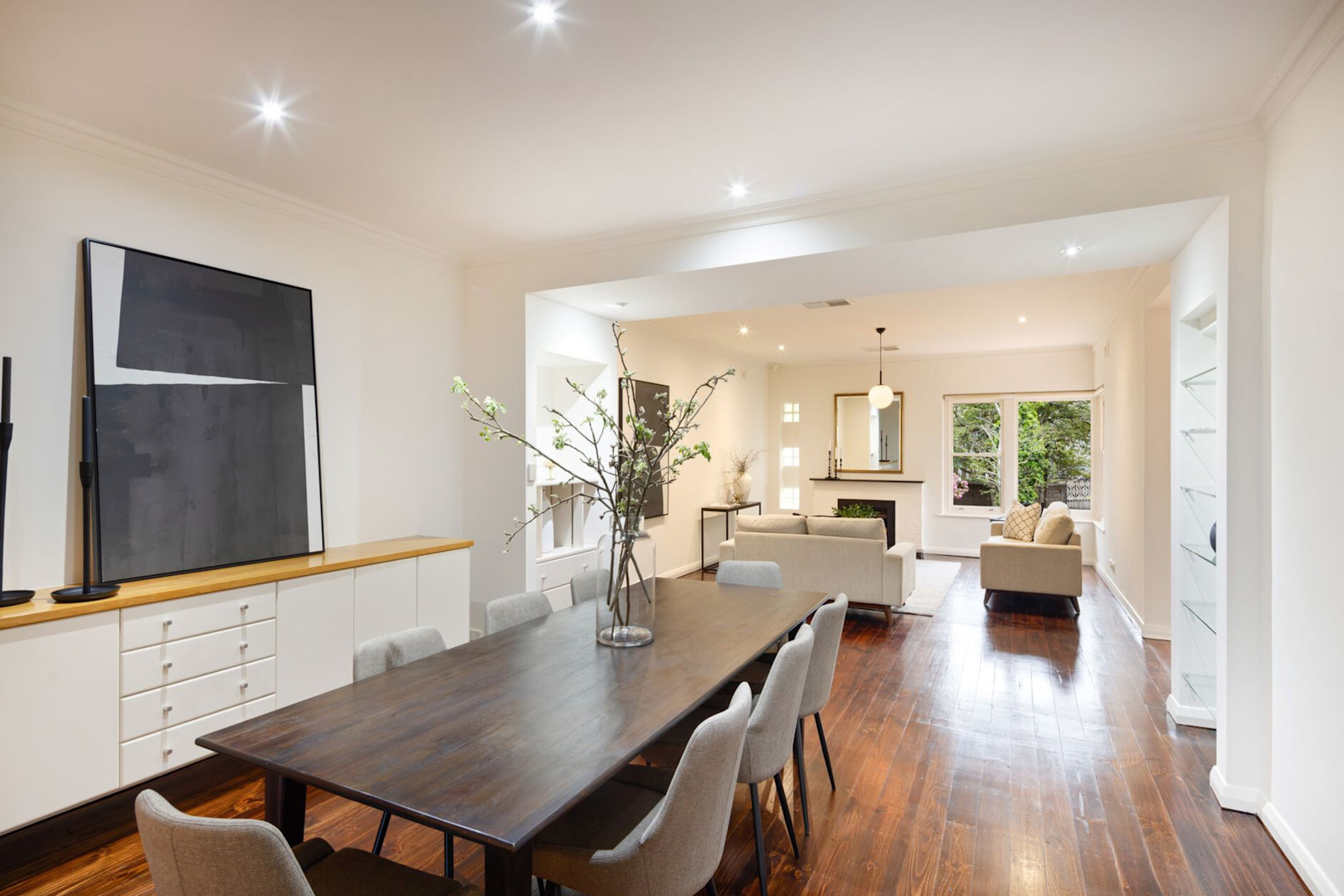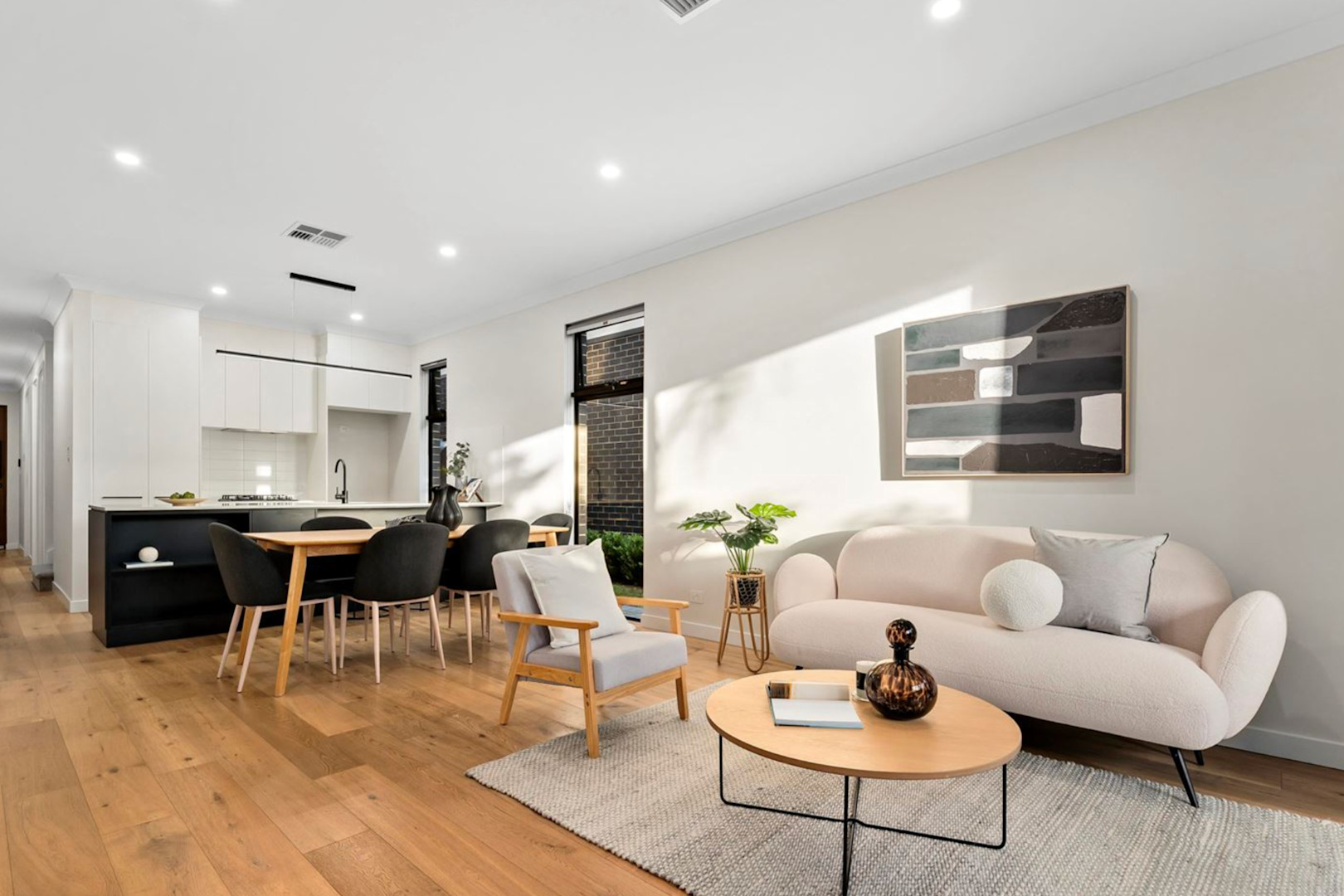April 12, 2022
Monthly Adelaide real estate market update, with Bronte Manuel
Just when it seemed the market may be peaking, Adelaide home values hit unprecedented levels over the past month.
Latest research from property market analyst CoreLogic showed that Adelaide property prices are at a record high on the back of a 1.9 per cent increase for the month, 5.7 per cent rise for the quarter and 26.4 per cent increase over the past 12 months.
By comparison, dwelling values across all capital cities are 18.2 per cent higher over the past 12 months, the first time the annual rate of growth has slipped below 20 per cent since August 2021.
In fact, Adelaide’s annual value increase sits second behind only Brisbane, which grew by 29.3 per cent. At the other end of the scale, Perth home prices have risen just 7 per cent over the same period.
At TOOP+TOOP, our results surpassed those already lofty market averages.
We sold 82 homes for the month, with an average sale price of $1.35 million. On average, those properties were on the public market for just 11 days before being sold.
Our digital data also enjoyed significant growth, with toop.com.au welcoming more than 39,000 unique users for the month, an increase of almost 10 per cent from the previous four-week period.
Perhaps the biggest endorsement of our efforts has been a string of record-breaking results.
In recent weeks, we have set sale records in Toorak Gardens, Rose Park, Colonel Light Gardens, Mile End, Croydon, Woodville Park and Mount Torrens.
While selling conditions are extremely strong, these ground-breaking achievements are testament to the experience, skill and hard work of our sales team.
The imbalance between supply and demand continues to be a key driver of buyer competition.
While new listings in Adelaide have risen 12 per cent compared with the same time last year, total listing levels are still down 19 per cent year-on-year.
At the national level, total listings remain well below the average for this time of the year (down 11 per cent), as high sales volumes have helped absorb advertised stock. Despite this, total stock levels are showing a very gradual upward trend across Australia.
There have been suggestions that impending interest rate rises could create a market slowdown.
But a more detailed analysis shows most homeowners are well placed to withstand increases in mortgage repayments.
Recently released mortgage data shows that only 5 per cent of home loans have a Loan to Value Ratio (LVR) above 75 per cent. By comparison, 25 per cent of home loans were above this threshold in 2020.
The data also reveals that the average borrower is currently 21 months ahead in mortgage repayments. In 2020, the average was 10 months.
Put simply, those figures suggest interest rate rises are unlikely to impact market buoyancy, at least in the medium term.



